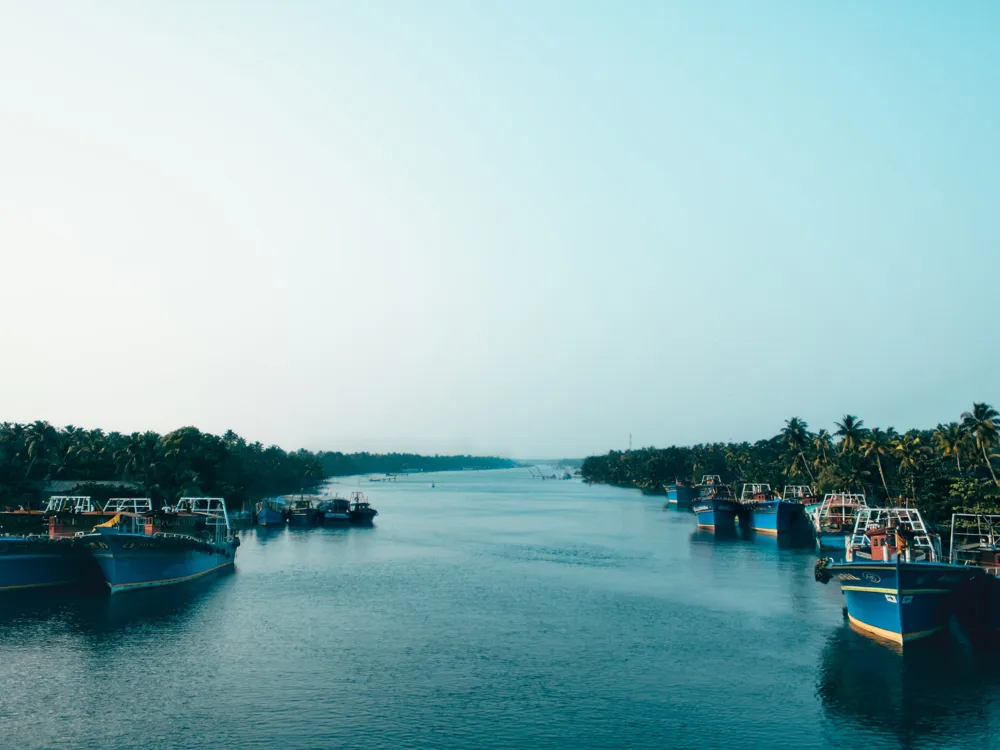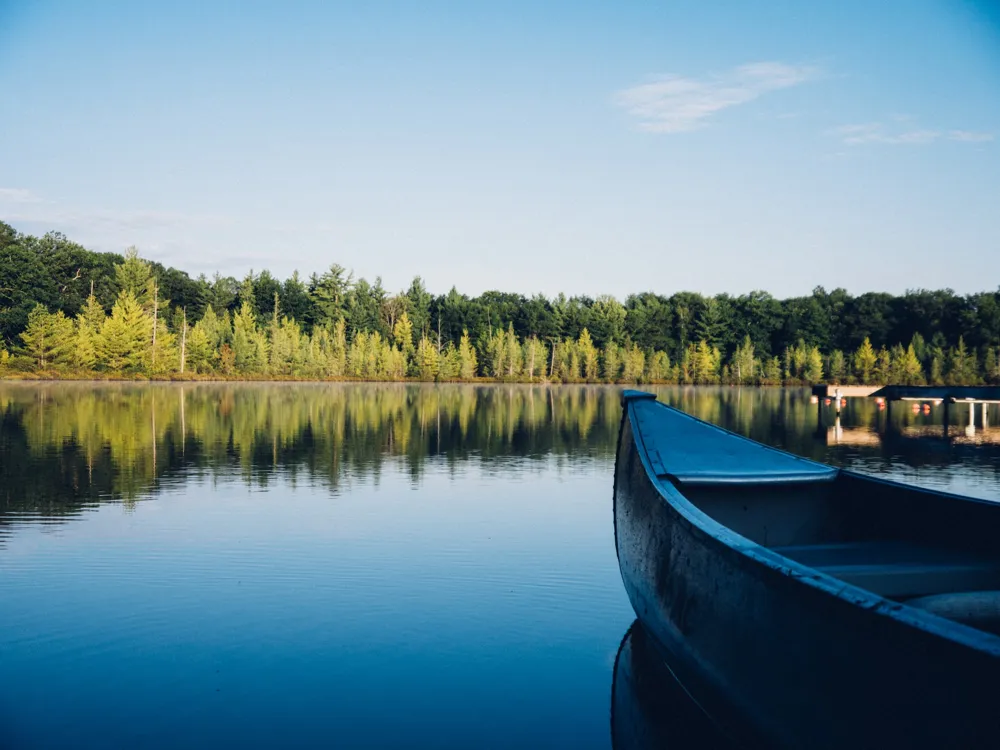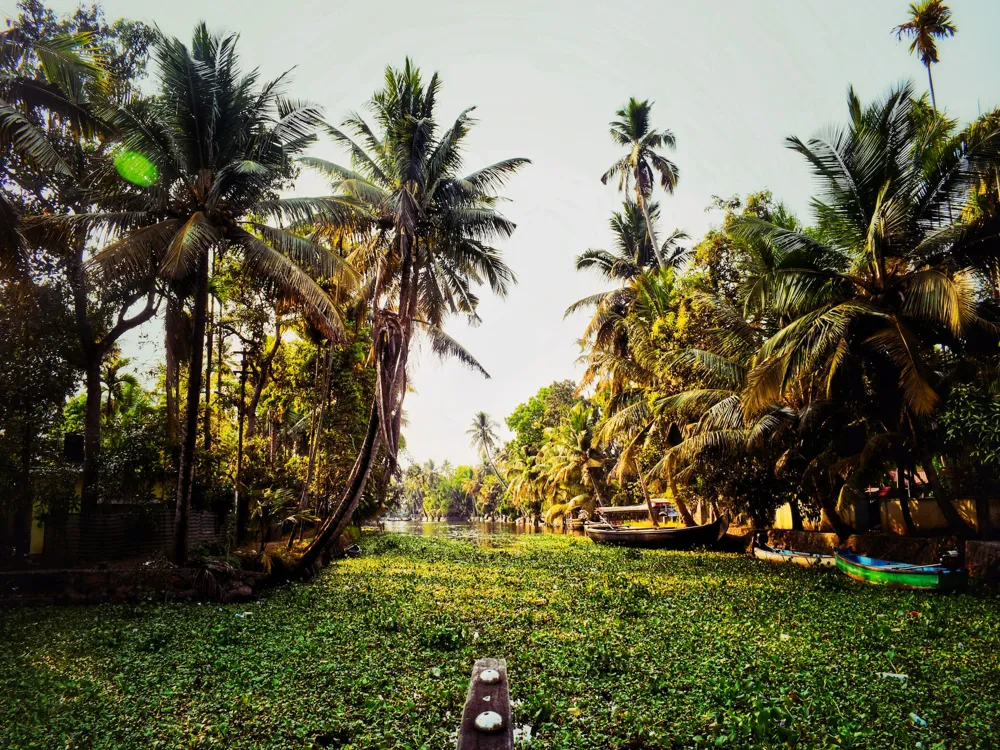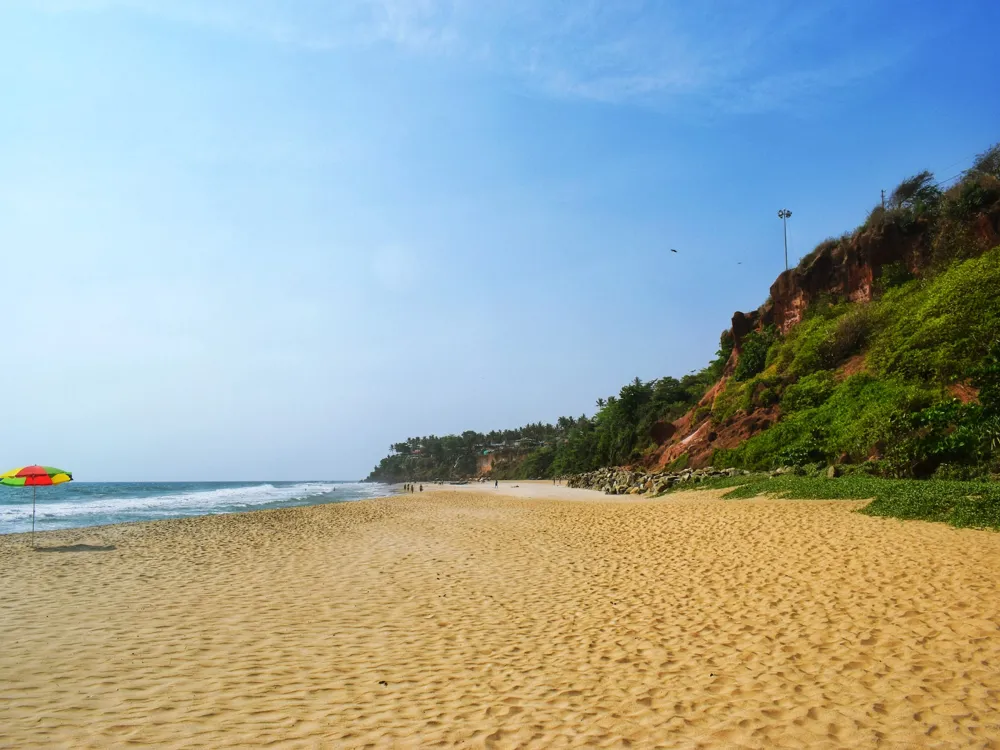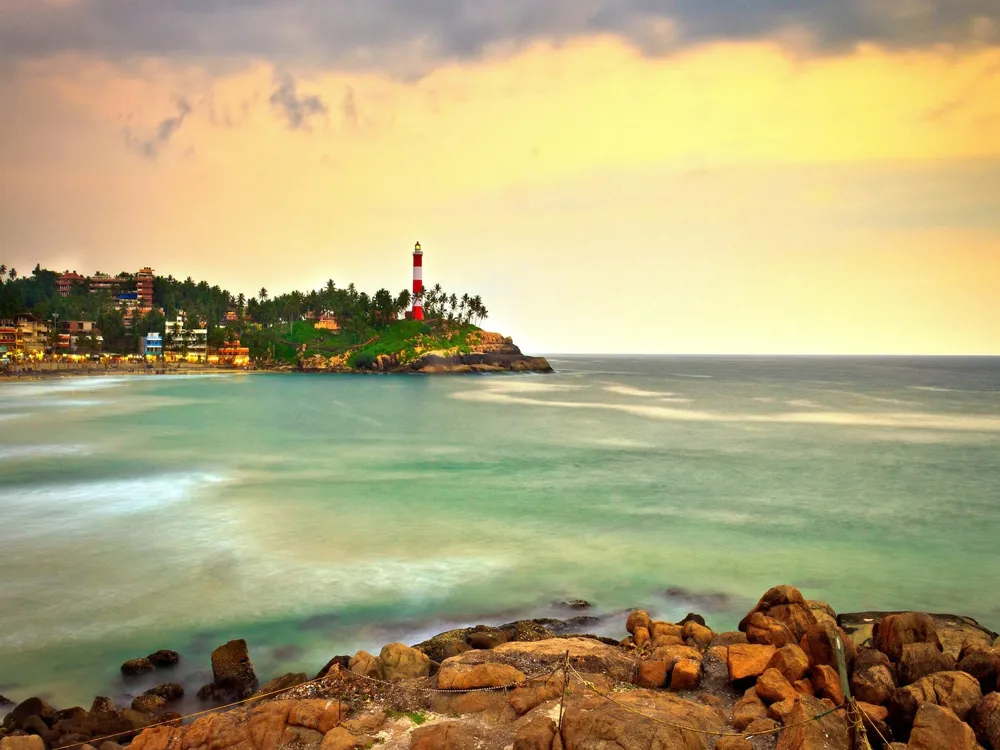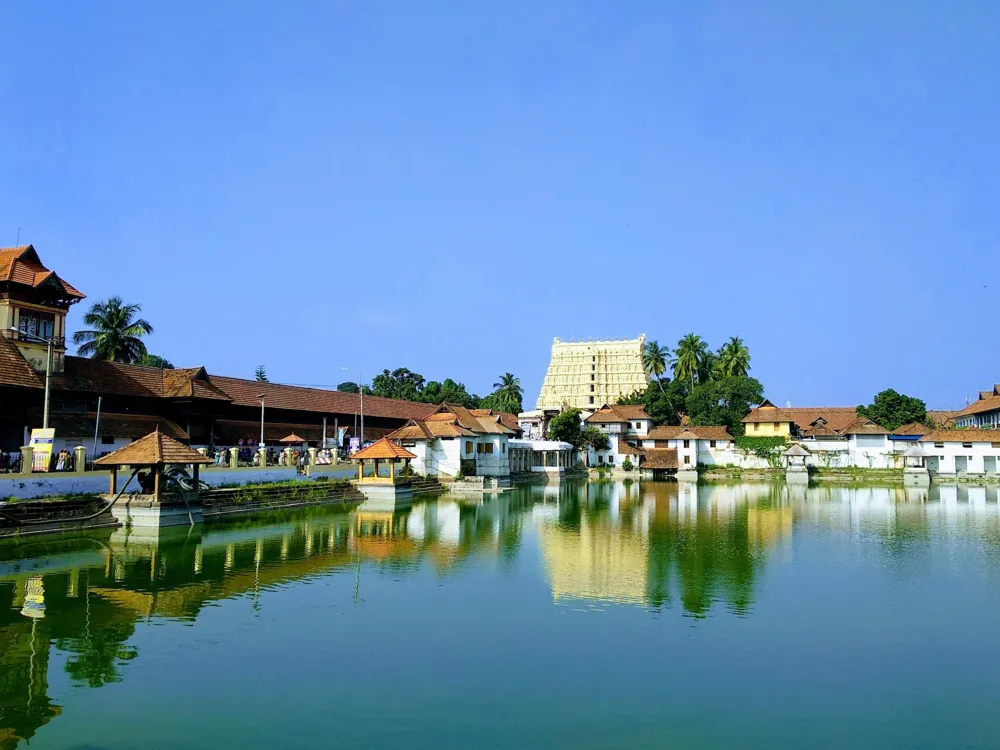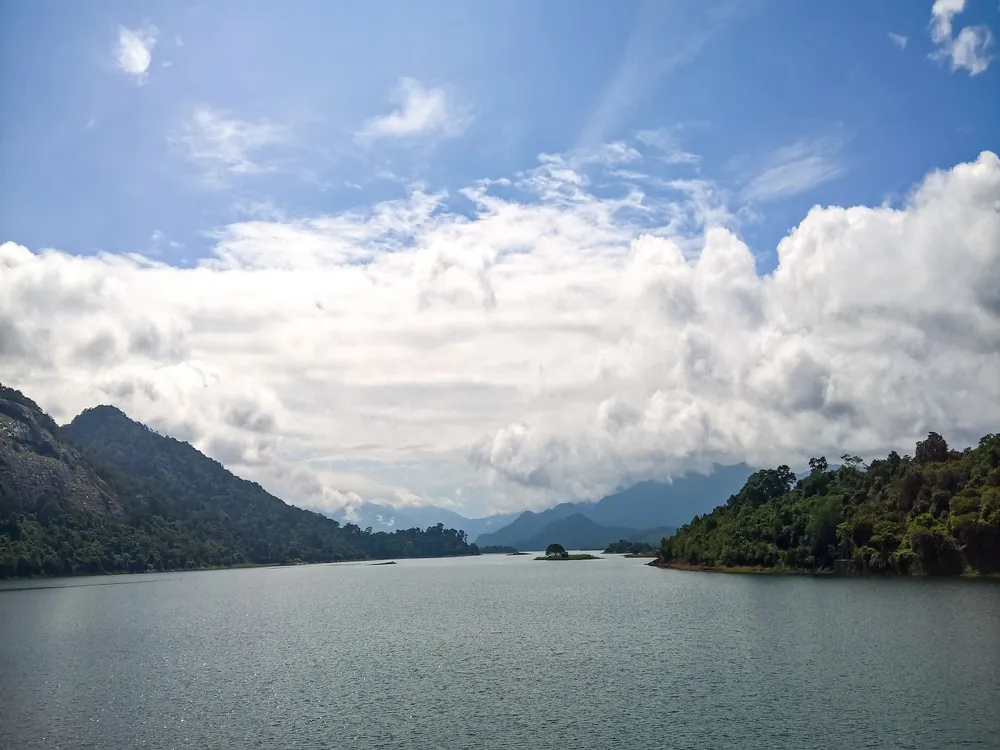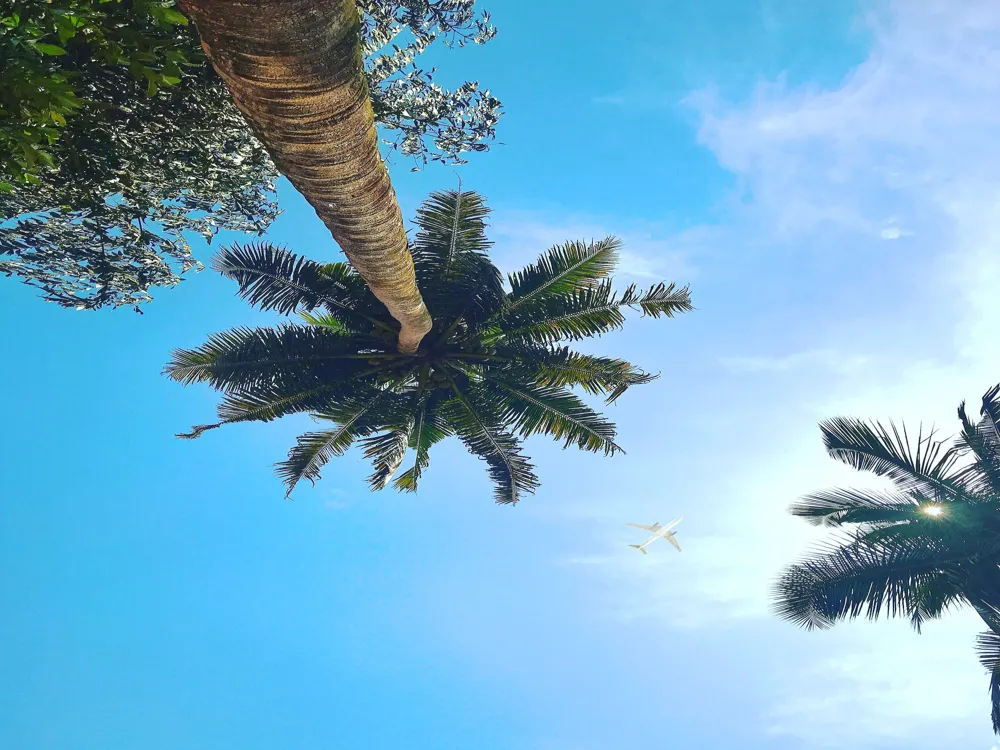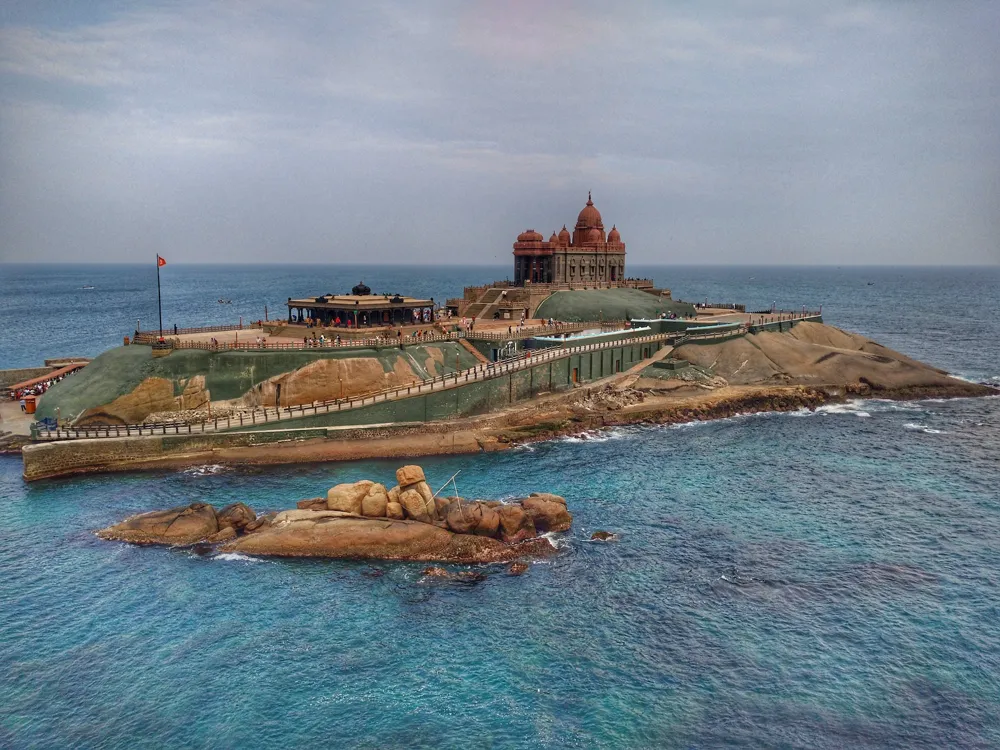The Achankovil River, a significant and scenic waterway, flows through the heart of Kollam, Kerala. This river, stretching over a considerable length, is not just a natural asset but also a crucial component of the region's ecology and culture. Originating from the dense forests of the Western Ghats, the Achankovil River meanders through various landscapes before merging into the Arabian Sea. Its journey is marked by lush greenery, diverse wildlife, and vibrant communities that have thrived along its banks for centuries. The river's importance transcends mere geographical significance; it plays a pivotal role in supporting agriculture, fishing, and providing water for daily use to nearby settlements. The Achankovil River also holds a special place in Kerala's cultural and religious tapestry, being a site for numerous festivals and rituals. Furthermore, its banks are dotted with historic temples, churches, and mosques, reflecting the region's rich religious diversity and architectural heritage. The ecological significance of the Achankovil River is immense. It serves as a habitat for a wide array of flora and fauna, some of which are unique to this region. The river's riparian zones are rich in biodiversity, including several species of fish, amphibians, birds, and mammals. Additionally, the river plays a crucial role in maintaining the region's groundwater levels and supports a variety of agricultural activities, which are the lifelines of many local communities. The architecture of the Achankovil River is a harmonious blend of natural and man-made structures. The river itself, with its meandering course, sandy banks, and rocky segments, presents a picturesque natural architecture that has been shaped over millennia by geological and hydrological processes. Alongside this natural beauty, human ingenuity has added several layers to the river's architectural landscape. One of the most striking features of the Achankovil River is the traditional 'padippuras' (gateways) and 'ghats' (river banks) that adorn its course. These structures, often built using locally sourced materials like laterite stone and wood, reflect the traditional architectural styles of Kerala. The ghats, in particular, are not just functional structures facilitating access to the river but also serve as communal spaces where people gather for various activities, from daily chores to religious ceremonies. The temples, churches, and mosques along the banks of the Achankovil River are epitomes of Kerala's diverse architectural styles. These religious structures, some of which date back several centuries, showcase a blend of indigenous Dravidian architecture and influences from various colonial powers that have ruled the region. Intricate carvings, towering spires, and elaborate murals are some of the common features found in these buildings, making them significant not just as places of worship but also as architectural marvels. When visiting the Achankovil River, it's essential to respect the local customs and traditions. This includes dressing modestly, especially when visiting religious sites, and being mindful of local practices and rituals. Visitors should also seek permission before taking photographs of people or religious ceremonies. Maintain the cleanliness of the river and its surroundings. Avoid littering and use designated disposal facilities for waste. Be conscious of your ecological footprint and refrain from activities that could harm the river's ecosystem, such as using non-biodegradable materials or disturbing the wildlife. Always prioritize safety, especially if you plan to engage in activities like swimming or boating. Follow local guidelines and advisories, and avoid venturing into secluded or unfamiliar areas without a guide. Be aware of the river's current and depth, as these can vary depending on the season. Reaching the Achankovil River is convenient, given its accessibility from various parts of Kerala. The nearest major city is Kollam, well-connected by road, rail, and air. Visitors can take a bus or hire a taxi from Kollam to reach the river. For those preferring rail, Kollam Junction is the nearest railway station, with frequent trains connecting it to major cities in Kerala and beyond. The Trivandrum International Airport, located about 70 km from Kollam, serves as the nearest air link for those traveling from far-off places. Read More:Overview of Achankovil River in Kollam, Kerala
Architecture of Achankovil River
Tips When Visiting Achankovil River
Respect Local Customs and Traditions
Environmental Consciousness
Safety Precautions
How To Reach Achankovil River
Achankovil River
Kollam
Kerala
₹ 20,300 onwards
View kollam Packages
Weather :
Tags : River
Timings : 6:00 AM - 6:00 PM
Time Required : 1-2 hours
Entry Fee : No entry fee
Planning a Trip? Ask Your Question
Kollam Travel Packages
View All Packages For Kollam
Top Hotel Collections for Kollam

Private Pool

Luxury Hotels

5-Star Hotels

Pet Friendly
Top Hotels Near Kollam
Other Top Ranking Places In Kollam
View All Places To Visit In kollam
View kollam Packages
Weather :
Tags : River
Timings : 6:00 AM - 6:00 PM
Time Required : 1-2 hours
Entry Fee : No entry fee
Planning a Trip? Ask Your Question
Kollam Travel Packages
View All Packages For Kollam
Top Hotel Collections for Kollam

Private Pool

Luxury Hotels

5-Star Hotels

Pet Friendly








